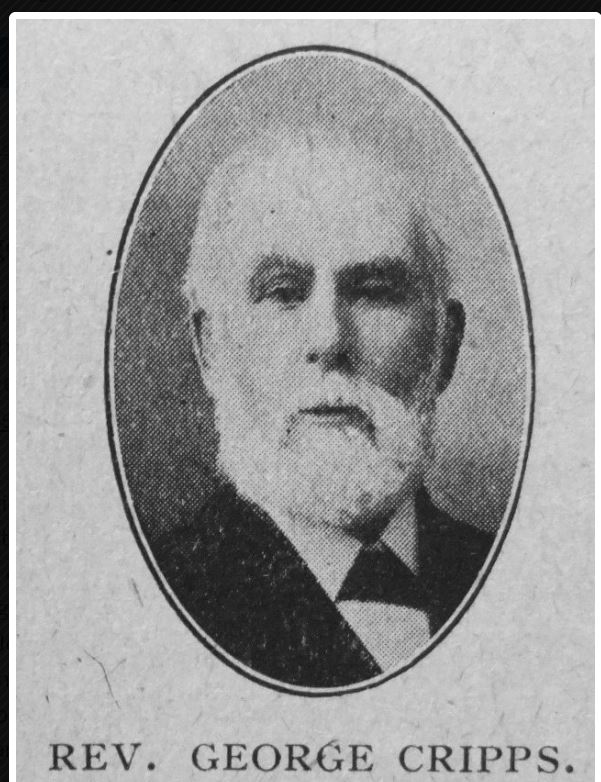If you worked for the Great Western Railway in the Swindon Works, you joined the Mechanics’ Institution. The requirement was pretty much essential and the benefits extensive and if you weren’t a member you could not go on TRIP. Not a trip or the trip but TRIP.
TRIP began with a day’s outing to Oxford in 1848 for some 500 members of the Mechanics’ Institution. At its peak in 1924 29,000 people travelled in 31 trains numbering 520 coaches to seaside (and other) destinations across the UK.
It’s fair to say Swindon pretty much emptied during TRIP. With the Works closed, some shops cut their prices, others cut their opening hours. But who would have guessed that TRIP would impact upon a funeral.
Robert Dibbs, the landlord of the Red Cow Inn in Princes Street, died suddenly during the night of 11/12 July 1888 and was found by his daughter sitting in his armchair in the bar-parlour ‘quite dead.’ An inquest returned a verdict of ‘death from heart disease’.
Before moving to Swindon Robert Dibbs had previously served in the Mounted Police in London. He had subsequently joined the Swindon Troop of the Wilts Yeomanry where he held the rank of sergeant and as such was accorded a military funeral. However, there was a problem – it was TRIP week.
The Swindon Advertiser reported in the Saturday edition July 21, 1888:-
The mortal remains of the late Mr Robert Dibbs were interred with military honours on Monday afternoon. Deceased had been a member of the Swindon Troop of the Wilts Yeomanry ever since its re-establishment, five years since, having been promoted to the rank of sergeant. Previous to his coming to Swindon, Mr Dibbs had been in the Mounted Police in London for several years. Not only did the members of the Swindon Troop of Yeomanry attend the funeral, but also as many members whose service could be enlisted of the Swindon Companies of Rifle Volunteers. And it was most unfortunate, from more than one point of view, that the funeral should have occurred during the Great Western “Trip” week, seeing that the greater part of the Volunteers were away from the town, and were thus prevented from attending. Every endeavour was made to obtain the services of a band, but without success, for only portions of the various bands of the town were available, and the consequence was that the musical part of the military funeral service had to be dispensed with. Notwithstanding that the circumstances were against a good muster turning out to pay respect to their late brother in arms, yet the numbers, both of the Yeomanry Cavalry and the Volunteers, were far in excess of what might have been expected.

Image published courtesy of Local Studies, Swindon Central Library.


Robert Dibbs was buried on July 16, 1888 in grave plot E8312 which he shares with his son George Dibbs who died in 1895.

Read about the phenomenon that was - TRIP The Annual Holiday of GWR’s Swindon Works by Rosa Matheson.
















 Swindon born and bred – he is an old Sanford-street scholar – Archdeacon
Christelow has been working in the mission field in South Africa for 30 years,
that time being spent in periods of five years in the Dark Continent broken up
by spells on leave.
Swindon born and bred – he is an old Sanford-street scholar – Archdeacon
Christelow has been working in the mission field in South Africa for 30 years,
that time being spent in periods of five years in the Dark Continent broken up
by spells on leave.
 Widowed and retired he returned to Swindon where he lived with his sister Rosa at 125 Goddard Avenue. He died in St Margaret’s Hospital in 1972 and is buried in plot D1587.
You might also like to read:
Widowed and retired he returned to Swindon where he lived with his sister Rosa at 125 Goddard Avenue. He died in St Margaret’s Hospital in 1972 and is buried in plot D1587.
You might also like to read:









